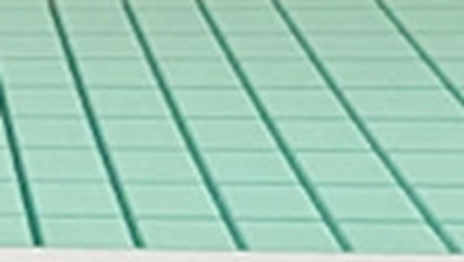pressure injury products
Understanding Pressure Injury Products A Comprehensive Overview
Pressure injuries, often referred to as bedsores or pressure ulcers, are localized damage to the skin and underlying tissue, primarily caused by prolonged pressure on the skin. These injuries can occur in individuals who are bedridden, immobile, or have limited mobility, making them a significant concern in healthcare settings. To effectively manage and prevent pressure injuries, a variety of products have been developed. This article will explore the types of pressure injury products available, their efficacy, and best practices for usage.
Types of Pressure Injury Products
1. Support Surfaces These products are designed to redistribute pressure away from vulnerable areas of the body. They include specialized mattresses and overlays, such as - Low-Air Loss Mattresses These mattresses utilize air cells that can be adjusted to provide optimal pressure relief and moisture control. - Gel and Foam Mattresses Gel-filled or high-density foam mattresses offer excellent support and pressure distribution, minimizing the risk of skin breakdown.
2. Dressings The choice of dressing is crucial in managing existing pressure injuries. Various dressing types include - Hydrocolloid Dressings These keep the wound moist, promoting healing and reducing pain during dressing changes. - Alginate Dressings Made from seaweed, these are highly absorbent, ideal for wounds with exudate. - Foam Dressings These provide cushioning and absorb exudate while maintaining a moist environment.
3. Wound Care Products In addition to dressings, a variety of wound care products support healing - Cleansing Solutions Gentle, non-toxic cleansers help maintain a clean wound environment. - Topical Antiseptics These prevent infection and promote healing by controlling pathogens at the wound site.
4. Positioning Devices To help redistribute pressure and promote mobility, various positioning aids can be utilized - Heel Protectors These offload pressure from the heels, a common site for pressure injuries. - Positioning Pillows and Cushions These products help maintain proper body alignment and reduce pressure on bony prominences.
Efficacy of Pressure Injury Products
Research has shown that utilizing the right combination of pressure injury products can significantly reduce the incidence and severity of pressure injuries. For instance, a systematic review found that low-air loss mattresses effectively decrease the risk of pressure ulcers in high-risk patients. Similarly, the use of hydrocolloid dressings was linked to faster healing times and reduced pain compared to traditional dressings.
pressure injury products

Best Practices for Usage
To maximize the benefits of pressure injury products, certain best practices should be followed
1. Assessment and Monitoring Regularly assess the patient’s risk factors using validated tools such as the Braden Scale. Monitor skin integrity and the effectiveness of the products used.
2. Personalized Care Plans Consider each patient's unique needs when selecting products. Factors such as mobility, nutritional status, and existing comorbidities must be taken into account.
3. Education and Training It is essential for healthcare providers and caregivers to be trained in using pressure injury products effectively. Proper education can lead to better outcomes and improved patient comfort.
4. Regular Repositioning Regardless of the products used, patients should be repositioned regularly to alleviate pressure on vulnerable sites. A schedule for repositioning, typically every two hours, can be beneficial.
5. Skin Care Maintaining skin hygiene and moisturizing dry areas can significantly prevent the development of pressure injuries. Use gentle cleansers and moisturizers to protect the skin barrier.
Conclusion
Pressure injury products play a vital role in both the prevention and management of pressure injuries. From support surfaces and dressings to wound care solutions and positioning devices, an array of innovative tools is available to healthcare providers. By implementing best practices and personalized care strategies, the likelihood of developing pressure injuries can be significantly reduced, leading to better patient outcomes and enhanced quality of life. Understanding the types of products available and their proper use is essential for all stakeholders involved in patient care.
-
The Effect of Coconut Foam Mattress Breathability and Humidity Regulation on Improving Sleep QualityNewsJul.03,2025
-
How Wave Mattress Systems Improve Blood Circulation During ImmobilityNewsJul.03,2025
-
The Climate-Adaptive Sleep Revolution: Exploring the Benefits of Cooling Gel Memory Foam MattressesNewsJul.03,2025
-
Exploration of the Role of Coconut Foam Mattress in Preventing Bedsores in the ElderlyNewsJul.03,2025
-
Comparing Wave Mattress and Air Mattress: Which Is Better for Medical Use?NewsJul.03,2025
-
Analysis of Comfort and Environmental Performance of Natural Latex and Coconut Foam MattressNewsJul.03,2025
-
Multi-Layer Construction for Enhanced Performance in Gel Mattress PadNewsJun.24,2025

